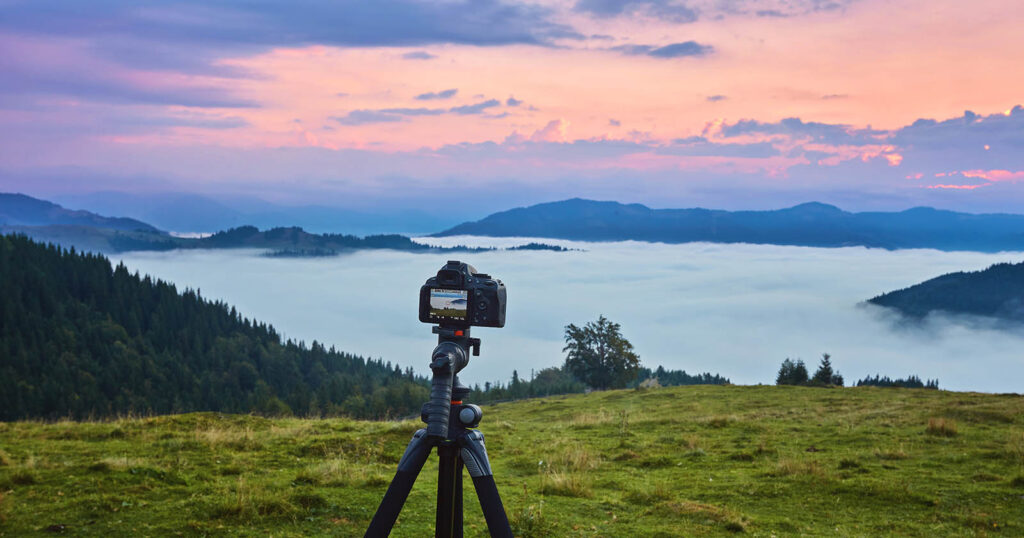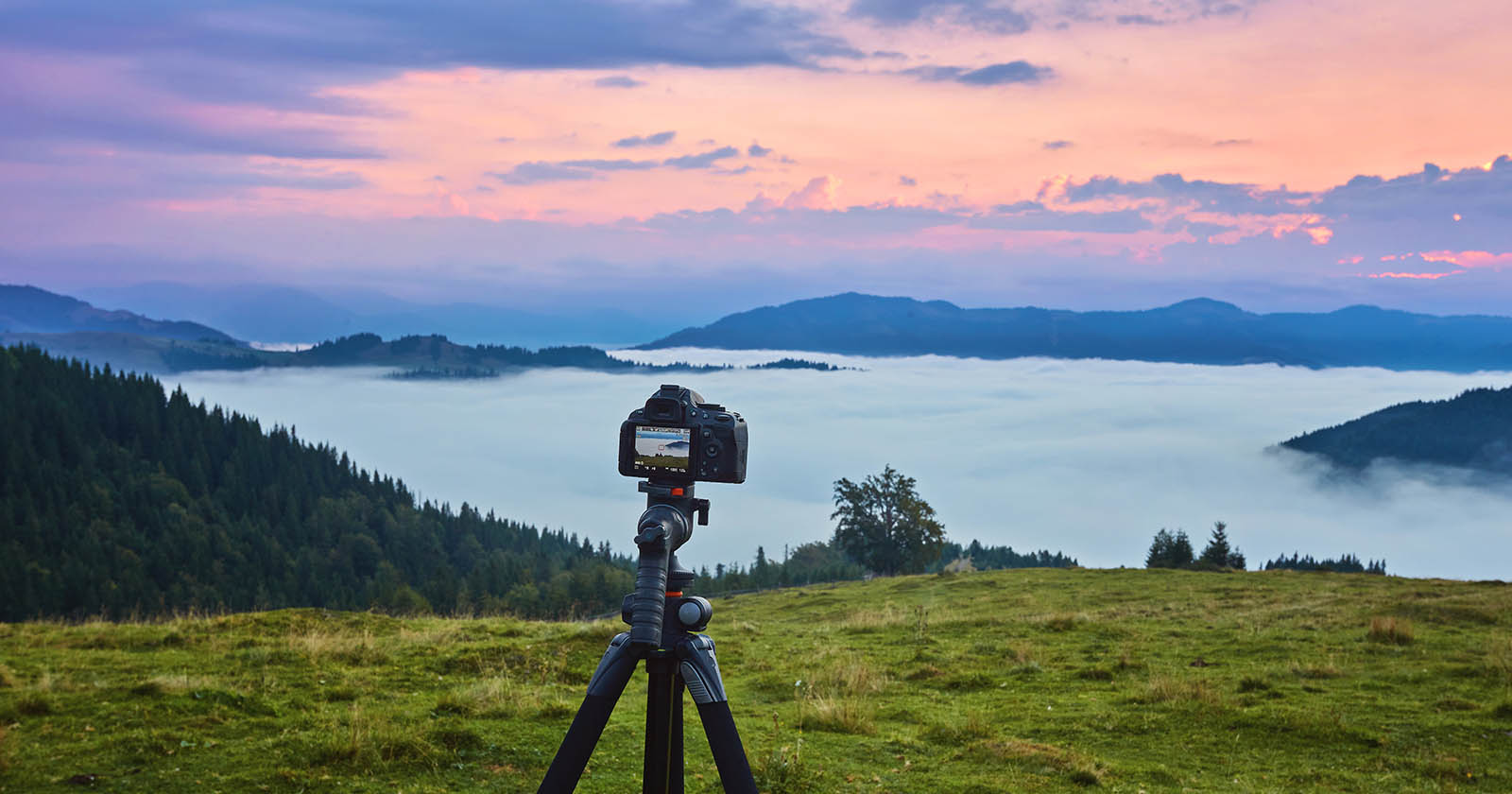Photo composition is the art of arranging elements within a frame to create a visually compelling image. Understanding and applying compositional techniques can dramatically enhance your photography, making your images more engaging and aesthetically pleasing. Here are nine essential tips for mastering photo composition:
1. Rule of Thirds
The Rule of Thirds is a foundational principle in photography. Imagine dividing your image into nine equal segments by two equally spaced horizontal lines and two equally spaced vertical lines. The idea is to position the most important elements of your scene along these lines or at the points where they intersect. Placing your subject off-center, rather than directly in the middle of the frame, can create a more balanced and natural composition, leading the viewer’s eye around the image.
2. Leading Lines
Leading lines are natural lines within the image that guide the viewer’s eye through the composition, often toward the main subject. These lines can be anything from roads, rivers, fences, or even the edges of buildings. Typically, leading lines start from the bottom of the frame and draw the eye upward or across the image, creating depth and directing attention to key areas within the photograph.
3. Diagonals
Diagonal lines add a dynamic element to a photograph. Unlike horizontal and vertical lines, which can feel static, diagonal lines create a sense of movement and tension. They can guide the viewer’s eye to a specific point in the image or simply add an interesting visual flow. Using diagonals effectively can make your composition more engaging and give it a sense of energy.
4. Framing
Framing, also known as sub-framing, involves using elements within the scene to create a ‘frame’ around your main subject. This could be anything from archways, windows, or branches of a tree. Framing helps to isolate the subject, drawing the viewer’s eye directly to it and creating a sense of depth and context within the image. It can also add layers of interest and narrative to your composition.
5. Figure to Ground
The figure-to-ground relationship refers to,, windows, tree branches, or even shadows. Framing serves to draw attention to your subject, isolate it from other elements, and add depth to your composition. It can also create a narrative or context around the subject, making the image more intriguing.
6. Fill the Frame
Filling the frame involves zooming in on your subject or getting closer so that it occupies a significant portion of the image. This technique minimizes distractions, making the subject the dominant feature of the composition. It’s especially useful when photographing details or when you want to capture the intensity of an expression or texture. By eliminating excess space around the subject, you create a more impactful image.
7. Center Dominant Eye
When photographing people, placing their dominant eye in the center of the frame can create a compelling effect. This technique gives the impression that the subject’s gaze is following the viewer, creating a sense of connection. It’s a subtle but powerful way to draw attention to the subject’s face and make the portrait more engaging.
8. Patterns and Repetition
Patterns in photography are visually appealing because they create a sense of rhythm and order. Whether it’s the repetition of shapes, colors, or objects, patterns can add a layer of interest to your composition. However, the most striking images often include a break in the pattern—a single element that disrupts the repetition and draws the viewer’s attention. This contrast between consistency and interruption can make your photos more memorable.
9. Symmetry
Symmetry in photography refers to a composition where parts of the image mirror each other. Symmetrical compositions can be incredibly satisfying because they create a sense of balance and harmony. This technique works well in architecture, reflections, and nature photography. Symmetry can be used to evoke a sense of calm and order, making your images feel stable and well-organized.




